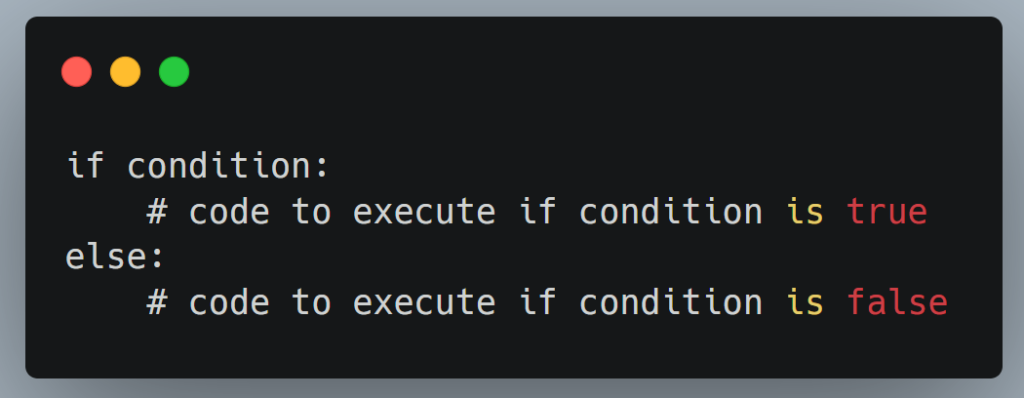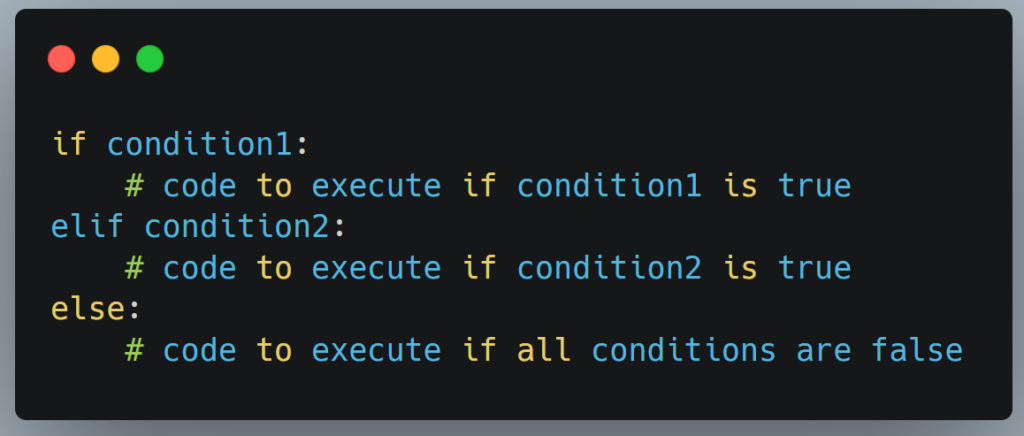Introduction
Mastering Conditional Statements in Python: A Comprehensive Guide
Conditional statements are a fundamental concept in Python programming, enabling developers to execute specific blocks of code based on certain conditions. Understanding how to use conditional statements effectively can significantly enhance the logic and flow of your Python programs. This article will provide a thorough overview of conditional statements in Python, along with examples to help you master their use.
What are Conditional Statements?
Conditional statements, also known as control flow statements, allow your program to make decisions based on certain conditions. These statements evaluate an expression for a Boolean value (True or False) and execute a block of code accordingly. The main types of conditional statements in Python are:
ifstatementselsestatementselif(else if) statements- Nested conditional statements
Understanding the Basic if Statement
The if statement is the most basic form of a conditional statement in Python. It allows you to execute a block of code only if a specified condition is true. Here’s the syntax:

Example:

In this example, the code checks if the value of age is greater than or equal to 18. If the condition is true, the message “You are eligible to vote.” is printed.
The else Statement
The else statement is used in conjunction with the if statement to execute a block of code when the if condition is false. The else block is optional but provides a way to handle cases where the condition is not met.

Example:

Here, if the value of age is less than 18, the program will print “You are not eligible to vote.”
Mastering Conditional Statements in Python
The elif Statement
The elif statement, short for “else if,” allows you to check multiple conditions. If the first if condition is false, the program checks the next elif condition, and so on. You can use multiple elif statements to handle various scenarios.
Syntax:

Example:

In this example, the program evaluates the score and prints the corresponding grade based on the conditions provided.
Nested Conditional Statements
You can nest if, elif, and else statements within each other to create more complex conditions. This technique is useful when you need to check multiple levels of conditions.
Example:

Here, the program first checks if the age is greater than or equal to 18. If true, it then checks if the person has an ID. The output will depend on the values of both conditions.
Conclusion
Conditional statements are essential in Python for controlling the flow of your programs. By mastering if, else, elif, and nested statements, you can create more dynamic and responsive applications. Whether you are a beginner or an experienced Python developer, understanding and effectively using conditional statements will greatly enhance your coding skills.
If you’re looking to jumpstart your career as a Data Scientist, consider enrolling in our comprehensive AI Residency Program Our program provides you with the skills and experience necessary to succeed in today’s data-driven world. You’ll learn the fundamentals of statistical analysis, as well as how to use tools such as SQL, Python, Excel, and PowerBI to analyze and visualize data designed by Mohammad Arshad, 19 years of Data Science & AI Experience. But that’s not all – our program also includes a 3-month internship with us where you can showcase your Capstone Project.
Are you passionate about AI and Data Science? Looking to connect with like-minded individuals, learn new concepts, and apply them in real-world situations? Join our growing AI community today! We provide a platform where you can engage in insightful discussions, share resources, collaborate on projects, and learn from experts in the field.
Don’t miss out on this opportunity to broaden your horizons and sharpen your skills. Visit https://nas.io/artificialintelligence and be part of our AI community. We can’t wait to see what you’ll bring to the table. Let’s shape the future of AI together!
